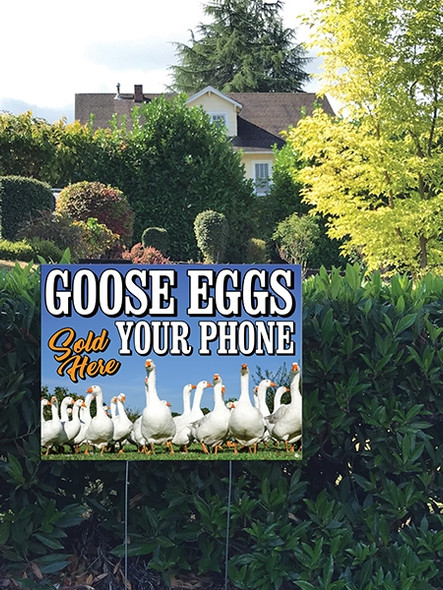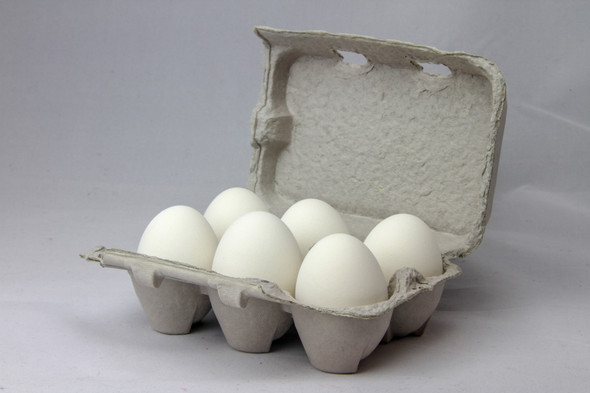Description
As with the African goose, the Chinese goose originates in China from the wild Asiatic Swan goose. The most distinguishing feature of the Chinese and African geese is their raised knob. Interestingly, the wild Swan goose does not have this feature. It must have been developed after domestication. As the knob is soft skin and not scaly, it is warm to the touch. White Chinese are the most prolific egg laying geese and it is not unusual to have them lay in the fall or winter. Earlier records have egg production of 50-60 eggs per year, with exceptional birds laying 100 eggs. This is now extremely rare, with most Chinese geese laying from 30-45 eggs.
The earliest record of Chinese geese in America is in the correspondence of George Washington. It discloses that in 1788 he received from Governor Morris two Chinese pigs and with them "a pair of white Chinese geese, which are really the foolishest geese I ever beheld; for they choose all times for setting but in the Spring and one of them is even now (November) actually engaged in that business." In 1850 Mr. Nolan wrote "It is a beautiful variety , next in size to the African and approaches nearest to the swan of any other goose. It is snow white, knobbed on the beak with orange legs, and truly ornamental on a sheet of water." The Brown Chinese goose is smaller than the white with identical coloring to the African goose.
Chinese geese, like Africans, are a more talkative breed of geese. Due to this characteristic, they are the best breed if you want to be alerted to intruders or other strange occurrences. They love to talk back to you - especially if you have raised them from babies. During the breeding season the ganders in a flock may sometimes get into contests and oftentimes the non-fighting geese will circle around, shouting their encouragement to their favorite combatant (at least that is what it looks like to me!).
Chinese geese, due to their smaller size and agility, may be the best for weeding purposes. As they love to eat grass, they have been used commercially to rid cotton, orchards, mint and other crops of grasses. If you want them to eat broad leaf weeds, you will need to train them by supplying them cuttings of the targeted weed starting at one week of age until you let them out. Otherwise they will eat the grass and leave the broad leaf plants unless they become very hungry. In summary, White Chinese are very common due to several reasons: they lay large quantities of fertile eggs, they are excellent grazers and can get almost all their nutritional needs from green grass and are very pretty in their pure white feathers.
















